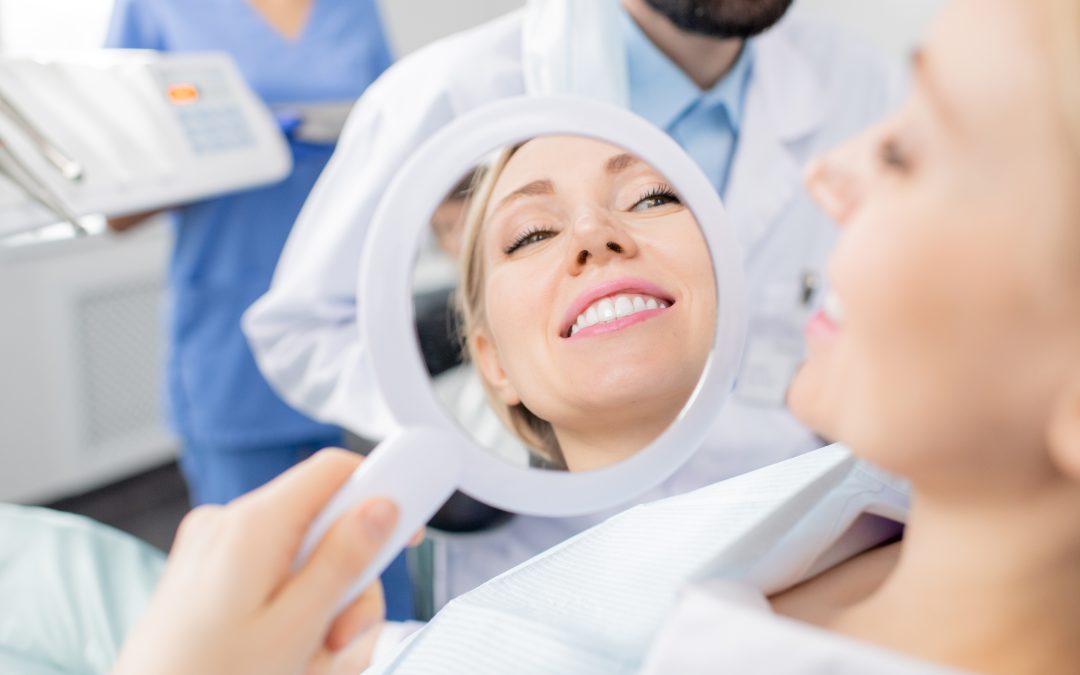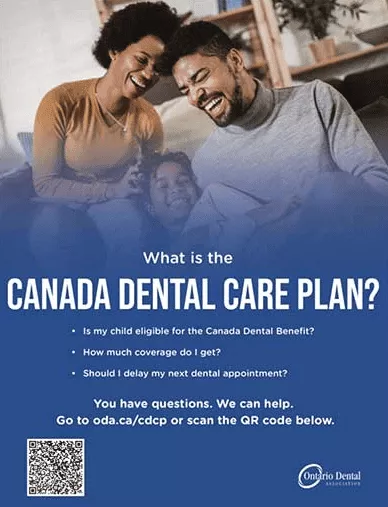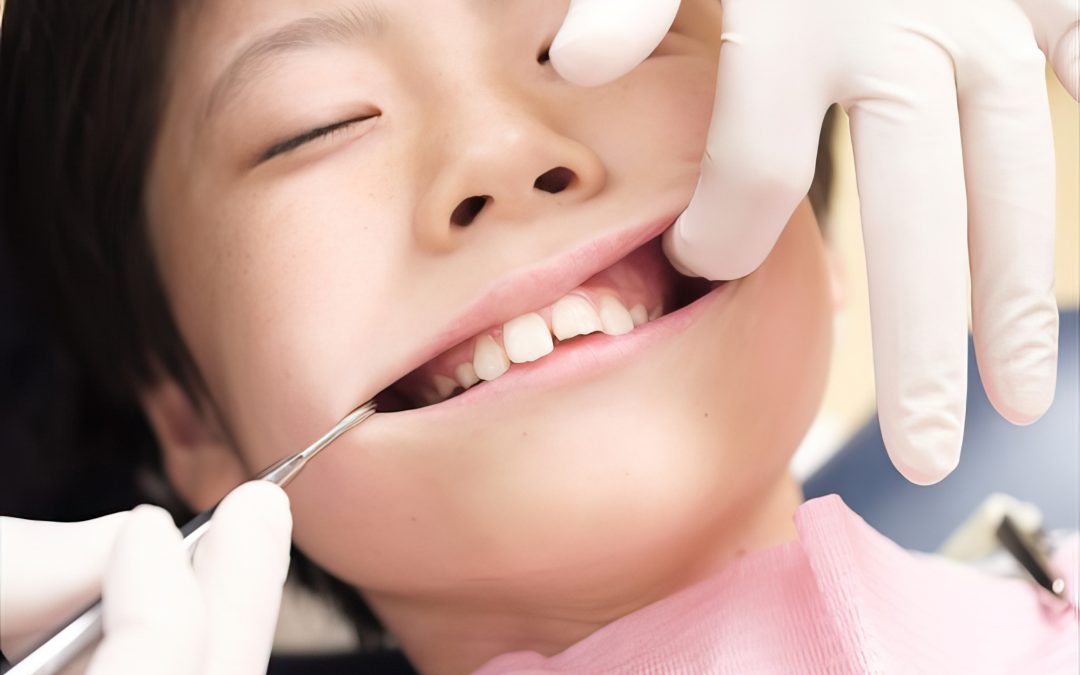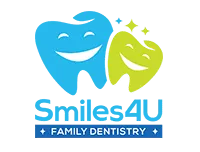


The Non-Dental Benefits of Having a Healthy Smile
We all know that maintaining good oral health is essential, but did you know that having a healthy smile can bring you a multitude of non-dental benefits too? Your smile can impact your life in surprising ways, from boosting your self-confidence to improving your overall well-being. Here are 8 non-dental ways having great teeth can impact your life and health.
1. Enhanced Self-Confidence:
One of the most obvious non-dental benefits of a healthy smile is the boost it gives to your self-confidence. When you have a beautiful smile, you’re more likely to feel good about yourself, which can have a positive ripple effect in various aspects of your life. Confidence can open doors both personally and professionally, as it can help you make a great first impression and build strong relationships with others.
2. Improved Mental Health:
Believe it or not, your oral health can have a significant impact on your mental well-being. Studies have shown that people with healthy smiles are less likely to experience symptoms of anxiety and depression. The act of smiling itself releases endorphins, those feel-good hormones that can help reduce stress and improve your mood. So, a healthy smile isn’t just a reflection of happiness—it can also contribute to it!
3. Better Overall Health:
Maintaining good oral hygiene can have a positive impact on your general health. Gum disease and oral infections can lead to more serious health issues, such as heart disease, diabetes, and respiratory problems. By taking care of your oral health, you’re also looking out for your overall well-being. A healthy smile can be a sign of a healthy body.
4. Social and Professional Success:
Your smile is a powerful tool in your social and professional life. It can influence how others perceive you and how they interact with you. People with confident smiles tend to be viewed as more approachable, trustworthy, and friendly. In a professional setting, a great smile can make you stand out and help you advance in your career.
5. Increased Longevity:
Believe it or not, having a healthy smile might contribute to a longer life. Research has shown that people with good oral health tend to live longer than those who neglect their oral hygiene. One reason for this is that having healthy teeth makes it easier to eat a wide variety of healthy and nutritious food. (See benefit #6 below) This connection between oral health and longevity emphasizes the importance of regular dental check-ups and taking care of your teeth and gums.
6. Better Digestion and Nutrition:
A healthy smile plays a crucial role in your ability to chew and digest food properly. When you have strong teeth and healthy gums, you can enjoy a wider variety of foods, including crunchy fruits and vegetables. This can lead to a more balanced and nutritious diet, which is essential for your overall health and well-being.
7. Improved Speech:
Your teeth and tongue work together to help you articulate words and speak clearly. Dental issues, such as missing teeth or misalignment, can affect your speech. Having a healthy smile ensures that you can communicate effectively, which is crucial in both personal and professional settings.
8. Better Sleep:
Believe it or not, your oral health can impact your sleep quality. Conditions like sleep apnea can be exacerbated by dental issues, such as an improperly aligned bite or jaw problems. By addressing these dental concerns, you can potentially improve your sleep and overall quality of life.
9. Financial Savings:
Preventive dental care is usually more affordable than treating dental problems that have escalated into major issues. By taking care of your oral health and visiting your dentist regularly, you can save money in the long run by avoiding costly procedures and treatments.
A healthy smile goes beyond appearance; it contributes to your overall well-being and a better life. Its non-dental benefits, like increased self-confidence and improved mental and physical health, significantly impact your success and happiness. To harness these advantages, prioritize regular oral care, dental check-ups, and invest in your oral health. Your smile is a valuable asset that can lead to a longer, more fulfilling life, so keep grinning – the world can always use more positivity!
If you have any questions or concerns about your dental health, please reach out to us by Email, Our Contact Form or phone.

A Comprehensive Guide to Sterilizing Dental Equipment: Ensuring Safety and Excellence in Oral Care
In the world of dentistry, patient safety is paramount. One of the fundamental practices that contribute to a safe and hygienic environment is the proper sterilization of dental equipment. In this guide, we will walk you through the essential steps and best practices for sterilizing dental instruments, ensuring both the well-being of your patients and the excellence of your oral care practice.
Why Sterilization is Crucial:
Dental procedures often involve close contact with bodily fluids and tissues, making the sterilization of instruments a non-negotiable aspect of oral care. Proper sterilization not only prevents the transmission of infections but also instills confidence in patients, showcasing your commitment to their health and safety.
Step-by-Step Sterilization Guide:
1. Pre-Cleaning: Before any sterilization process begins, it’s crucial to pre-clean instruments. Remove any visible debris or contaminants by thoroughly rinsing and scrubbing the instruments. This initial step is essential for the effectiveness of subsequent sterilization methods.
2. Packaging: Once cleaned, instruments should be properly packaged to maintain their sterility until use. Use sterilization pouches or wraps that allow penetration of the sterilizing agent while preventing contamination from external sources.
3. Autoclaving: Autoclaving is a widely used and highly effective method of sterilization. Follow these steps for autoclaving:
- Arrange instruments in a single layer to ensure proper steam penetration.
- Use autoclave-compatible packaging materials.
- Follow manufacturer guidelines for temperature, pressure, and duration.
- Regularly monitor and maintain autoclave equipment to ensure optimal performance.
4. Chemical Sterilization: Some instruments may be sensitive to heat and pressure, requiring chemical sterilization. Common chemical sterilants include glutaraldehyde and hydrogen peroxide. Follow the manufacturer’s instructions closely, and ensure adequate ventilation when using chemical agents.
5. Biological Monitoring: Regularly perform biological monitoring to validate the efficacy of your sterilization processes. Use spore tests to confirm that the sterilization equipment is killing all forms of microbial life.
6. Record-Keeping: Maintain detailed records of each sterilization cycle. Document the date, time, and details of the sterilization process for each batch of instruments. This documentation is essential for compliance and quality assurance.
Additional Tips for Sterilization Excellence:
- Staff Training: Ensure that your staff is well-trained on proper sterilization procedures. Regular training sessions can help reinforce the importance of adherence to protocols.
- Equipment Maintenance: Regularly inspect and maintain sterilization equipment. Malfunctions or inadequate performance can compromise the effectiveness of the sterilization process.
- Stay Informed: Keep abreast of updates in sterilization guidelines and best practices. Dental associations and regulatory bodies may provide updated recommendations, and staying informed ensures your practice remains at the forefront of safety standards.
Conclusion:
Maintaining a high standard of sterilization is not just a regulatory requirement; it’s a commitment to patient safety and the reputation of your dental practice. By following these comprehensive guidelines, you are taking a crucial step towards creating a safe, hygienic, and trustworthy environment for your patients. Remember, excellence in oral care begins with a commitment to uncompromising sterilization practices.

What is the new Canadian Dental Care Plan and how is it different then the Canadian Dental Benefit
Dental health is a vital part of overall wellbeing, and we are happy to share some promising developments in dental coverage for Canadians.
The federal government is proposing the Canadian Dental Care Plan (CDCP), a much needed initiative designed to extend dental coverage to those who need it most. The CDCP includes:
- Dental care coverage for uninsured Canadians with household income under $90,000/year.
- Coverage for children under 12 from uninsured low and middle income families by end of 2022.
- Include children and teens under 18, seniors, and people with disabilities in 2023.
- Launch of the program to all eligible Canadians by 2025.
- Full coverage of costs for households with income less than $70,000/year.
In the meantime, the Candadian Dental Benefit (CDB) program offers direct, tax-free payments to help families manage the costs of dental care. This benefit is specifically for children under 12 who lack private dental insurance and come from families earning less than $90,000 annually. The CDB provides up to $650 annually per child under 12 for two years, to a maximum of $1,300 for dental services.
For detailed information about the CDCP and CDB, and how these programs can benefit your family,just ask one of our team memebers at Smiles 4U Family Dentistry. You can also visit the Ontario Dental Association website by clicking here ( https://www.oda.ca/visiting-the-dentist/government-dental-programs/cdcp-proposed-framework/ ) for more information.

The Little Smiles Matter: Why It’s Crucial for Kids to Take Care of Their Teeth

